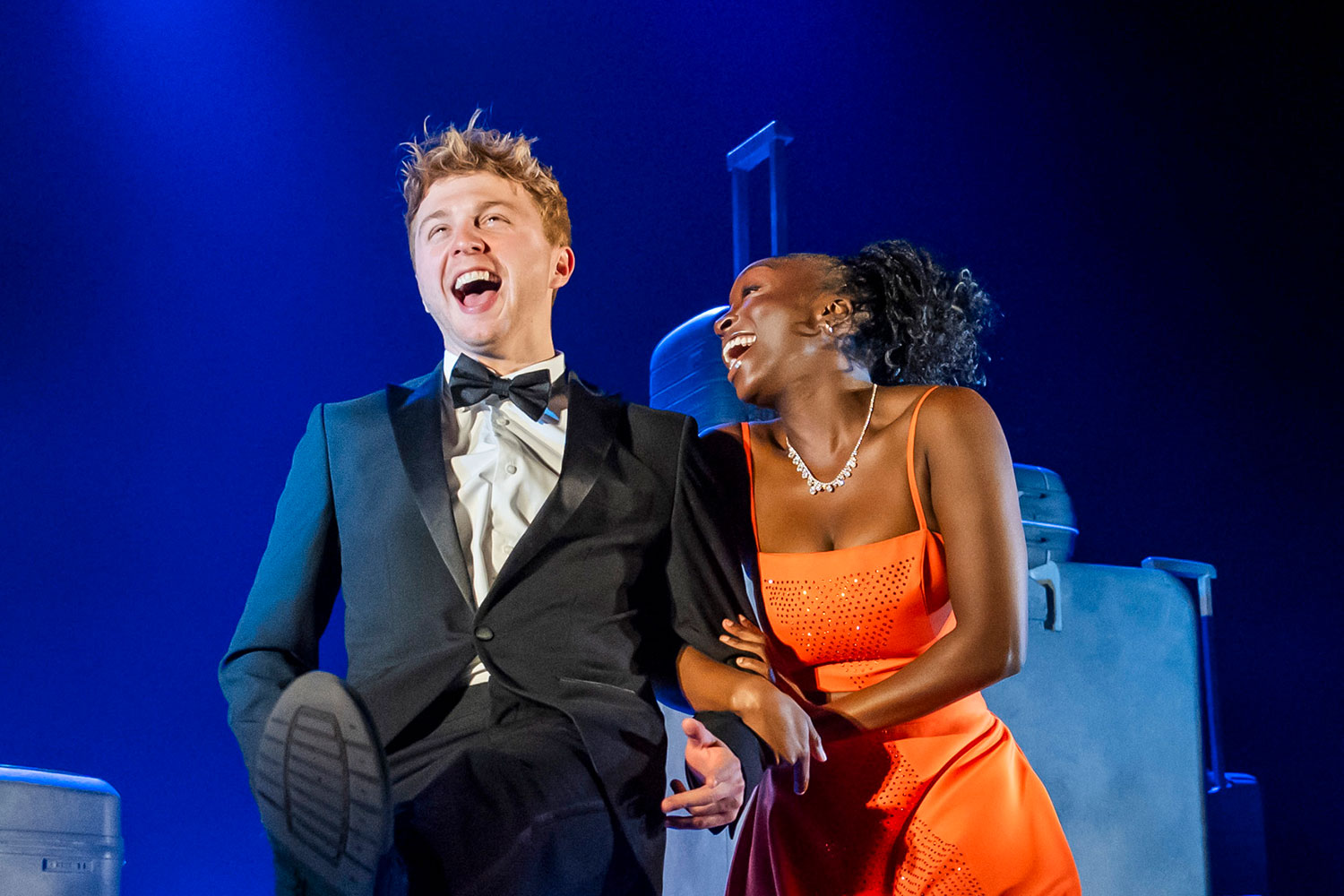Blake Morrison On…We Are Three Sisters
We Are Three Sisters is the latest production by Northern Broadsides, which opens at the Lowry and the Dukes next month. Combining Chekov’s tale with the lives of the Bronte Sisters presents a real challeneg to any writer. The setting is Haworth in the 1840s, in a gloomy parsonage where there are neither curtains nor comforts, Charlotte, Anne and Emily Brontë light up their world with outspoken wit, aspirations, dreams and ideas. Here writer Blake Morrison explains how the idea came about and what aspects of the Brontes he chose to focus on.
The idea of combining Chekhov’s The Three Sisters with the real lives of the Brontes isn’t the most obvious of ideas. How did it come about?
Susannah Clapp, the theatre critic for the Observer, suggested the idea to me about 10 years ago. Reading The Three Sisters she was struck by how there were connections between the story and the Brontes’ lives. She knew I had adapted classic texts for Northern Broadsides (Kleist’s Der Zerbrochene Krug as The Cracked Pot in 1995 and Sophocles’ Oedipus in 2001), so she said: ‘Have you ever thought about adapting this one and setting it in Yorkshire? It seems to be the thing you do. There are strange parallels.’ It was later I learnt that Chekhov had probably read Elizabeth Gaskell’s biography of Charlotte, The Life of Charlotte Bronte, before he wrote The Three Sisters, so the Bronte story was probably there at the back of his mind.
Katie Mitchell, the theatre director, made the Chekhov-Bronte link in her production of The Three Sisters at the National in 2003, but I don’t think anyone’s pushed the idea this far. The faint echoes of the Brontes are already there in Chekhov. It’s up to the director whether to bring them out. To rewrite the play to fit the Brontes is a far more radical and riskier undertaking.
What happened in the 10 years between having the idea and deciding to stage the play?
I read Juliet Barker’s wonderfully comprehensive biography The Brontes, and I filled a notebook with ideas of links. I left it there because there were a lot of challenges in taking the idea further that I couldn’t see a way round. Barrie Rutter, the director of Northern Broadsides, came to me about 18 months ago and suggested we have a go. I wrote a draft and began to work seriously at it. To start with my play was too close to Chekhov and too unfaithful to the Brontes. The more I’ve worked on it, the more it’s become Bronte-ised.
When did you first read about the Brontes? Have you always been a fan?
I grew up within striking distance of Howarth. The view Charlotte, Emily and Anne looked out upon – the moors, the landscape – is not very different from what I looked out upon. I read Wuthering Heights and Jane Eyre early on. But as a student and at school, the Brontes weren’t top of my list as the authors that mattered to me most. In the Eighties, Howard Goodall and I were going to put on a musical of Wuthering Heights. He wrote the music, I wrote the words. But there were five musical versions of Wuthering Heights going round at the time. The only one that was put on in the end was Tim Rice’s Heathcliff, starring Cliff Richard: a spectacular case of miscasting. It became very much his baby and ours never came to pass. I never thought about adapting other Bronte books. It was later that I began to see the authors’ lives themselves as particularly fascinating. I’ve become more interested in the Brontes as I’ve been working on the play.
Could you describe some of the challenges you faced merging the stories together?
The more I learnt about the Brontes, the more of Chekhov I had to dump it because it didn’t make sense.That was the big challenge: to make the play work in a way that represented the Brontes fairly. I killed off four Chekhov characters at least. There are 14 characters in The Three Sisters, we have only 10. There are all these soldiers hanging around in Chekhov’s play, there are no soldiers hanging around the parsonage. But I did discover that as children, the Bronte sisters played with toy soldiers. I couldn’t resist a line in my play in which Anne says to William, the ‘lovesick curate’ as they call him (the equivalent of the ‘lovesick major’, Vershinin, in Chekhov): ‘You know this house used to be full of soldiers, toy soldiers? Branwell bought them and we used to play with them and make up stories about them.’ The toy soldiers in the Bronte story is a weird parallel. I came across all sorts of fantastic details like that where I could be playful. People who know Chekhov’s play will, I hope, spot the jokes and parallels, although for those who don’t, it shouldn’t really matter.
We Are Three Sisters is at the Lowry from 20 – 24 September and Dukes Lancaster from 27 September – 1st October.
– Laura Silverman










